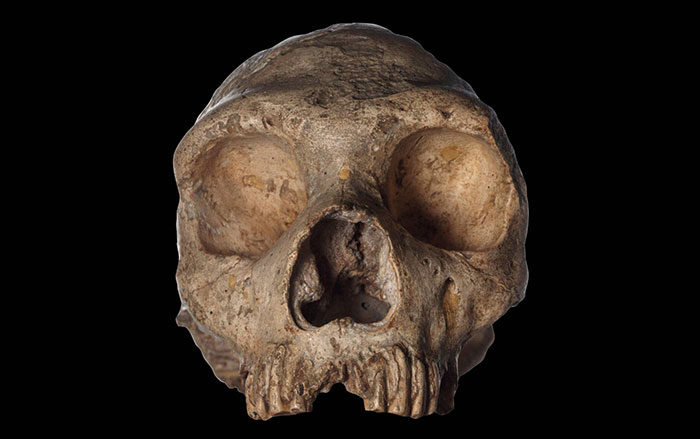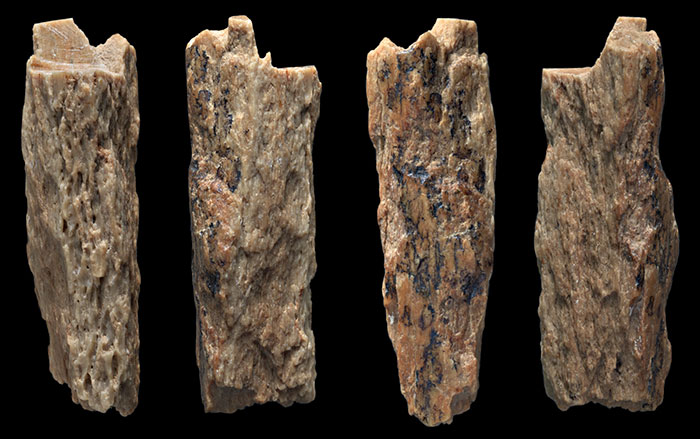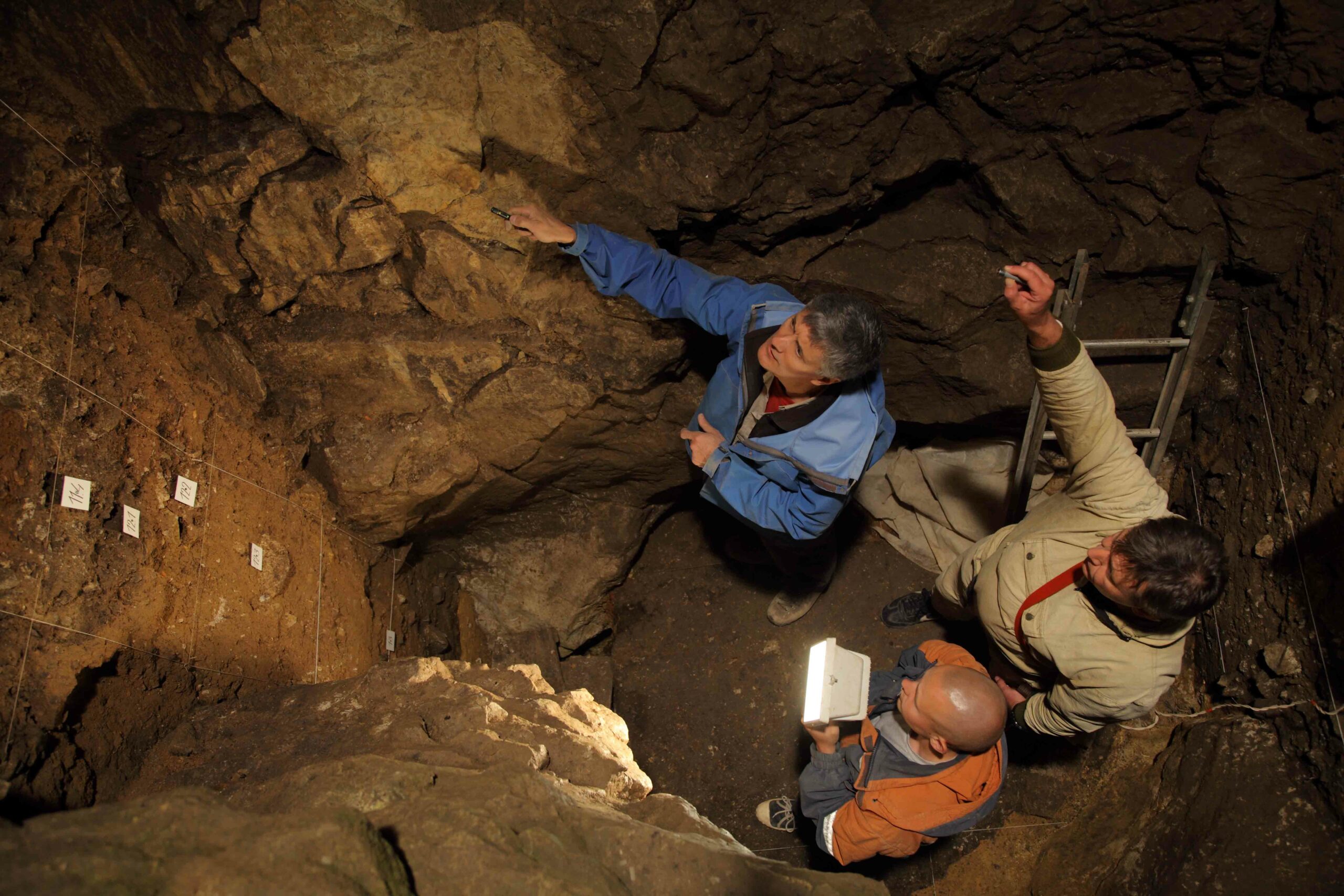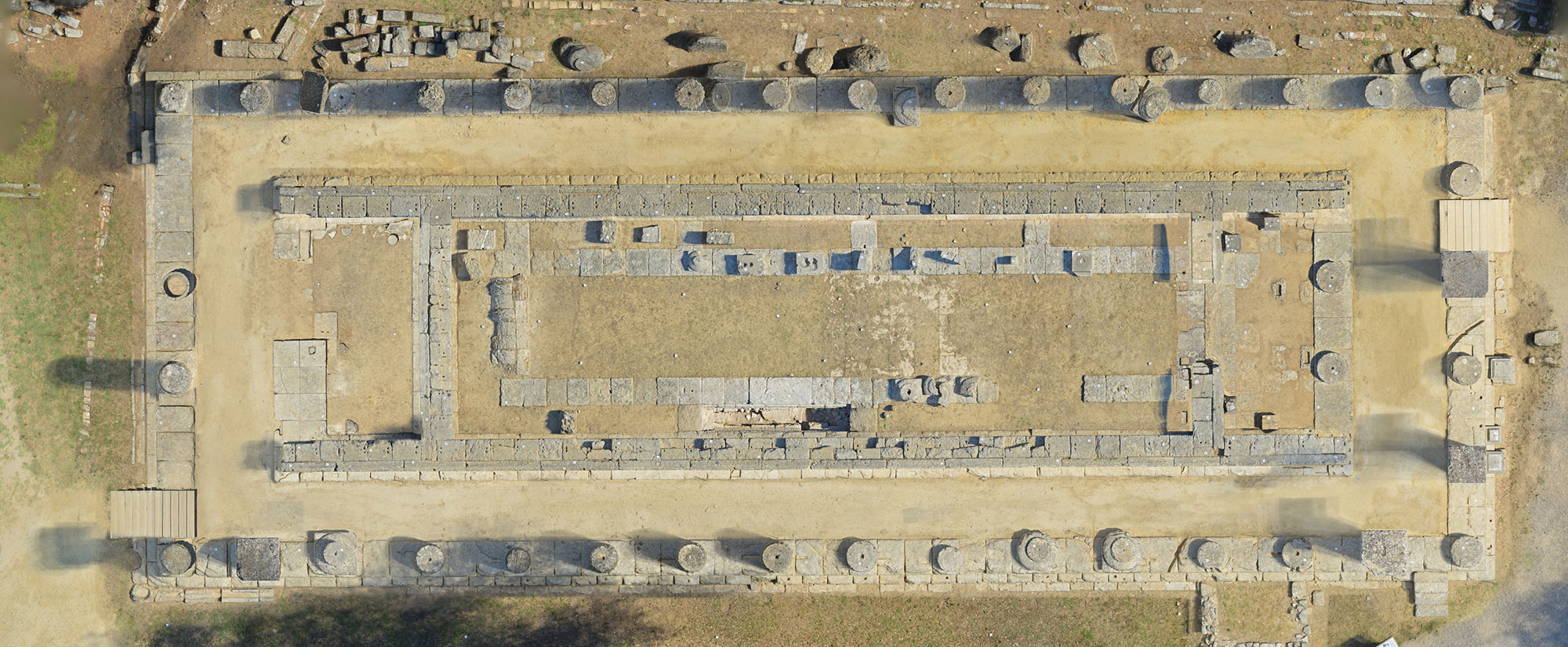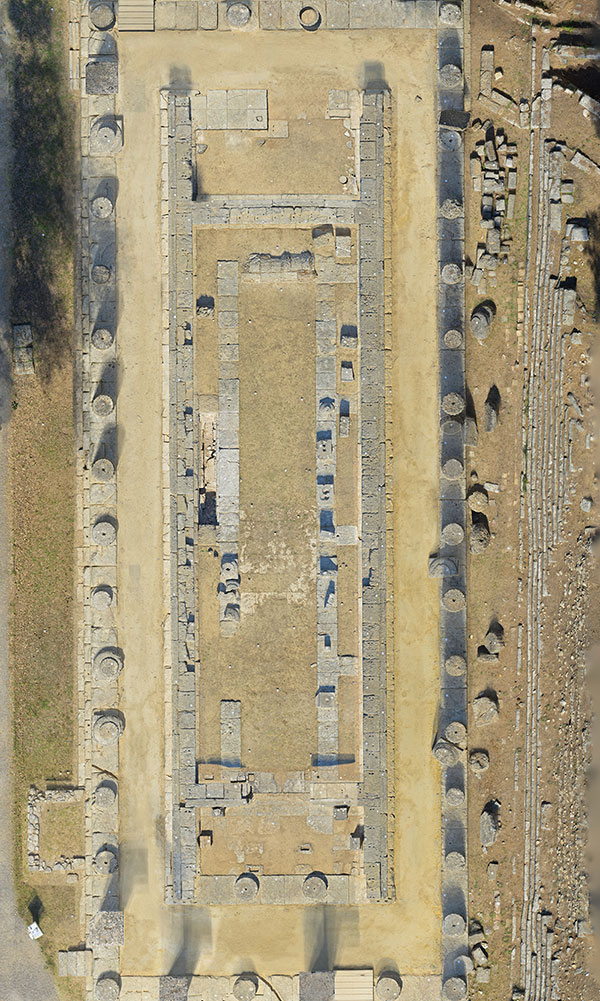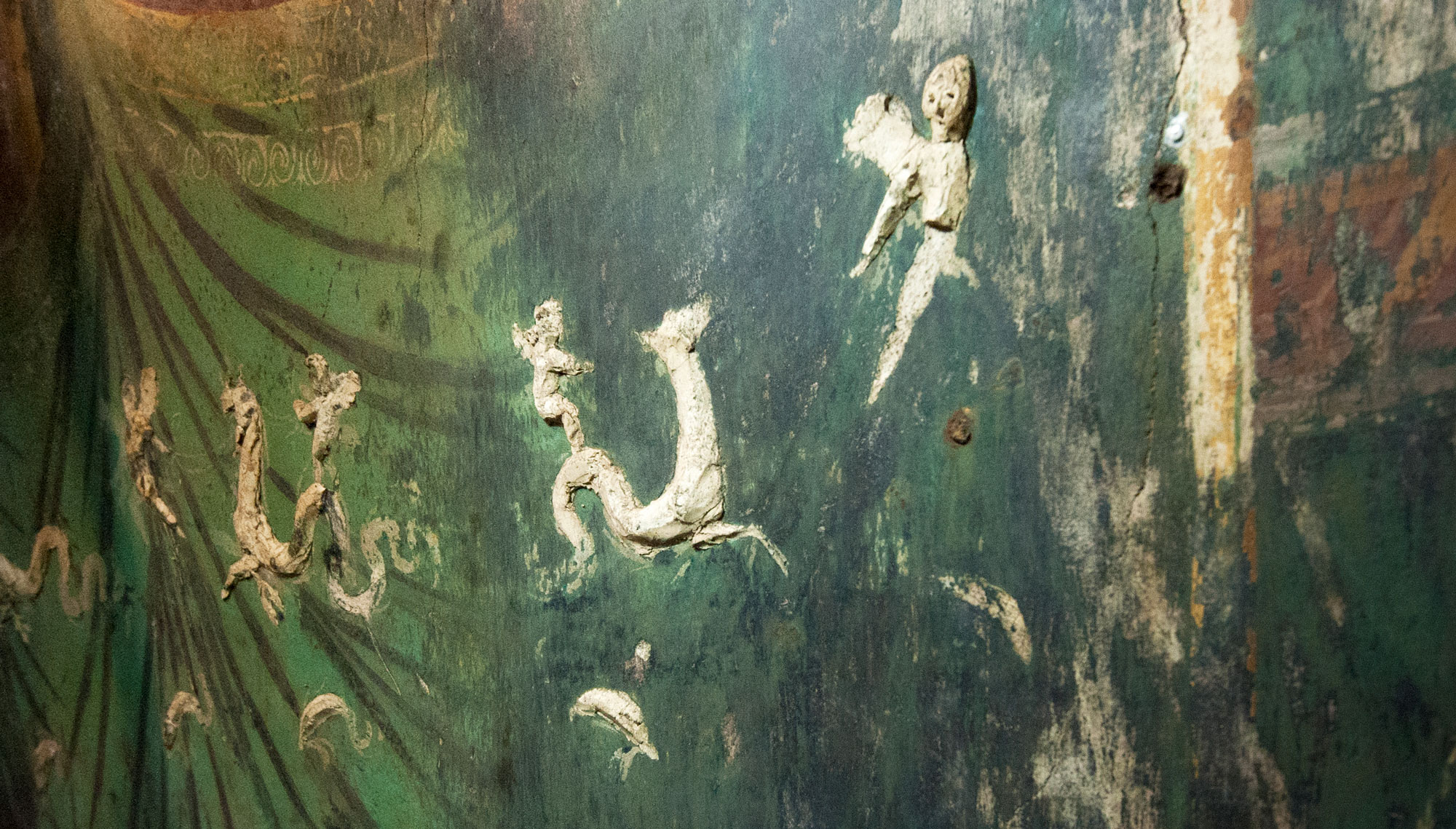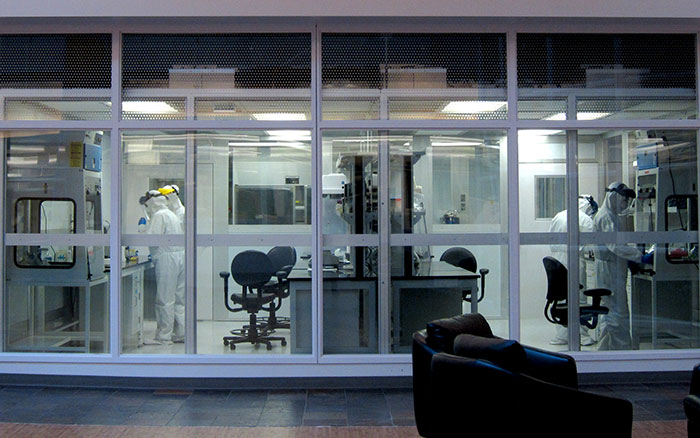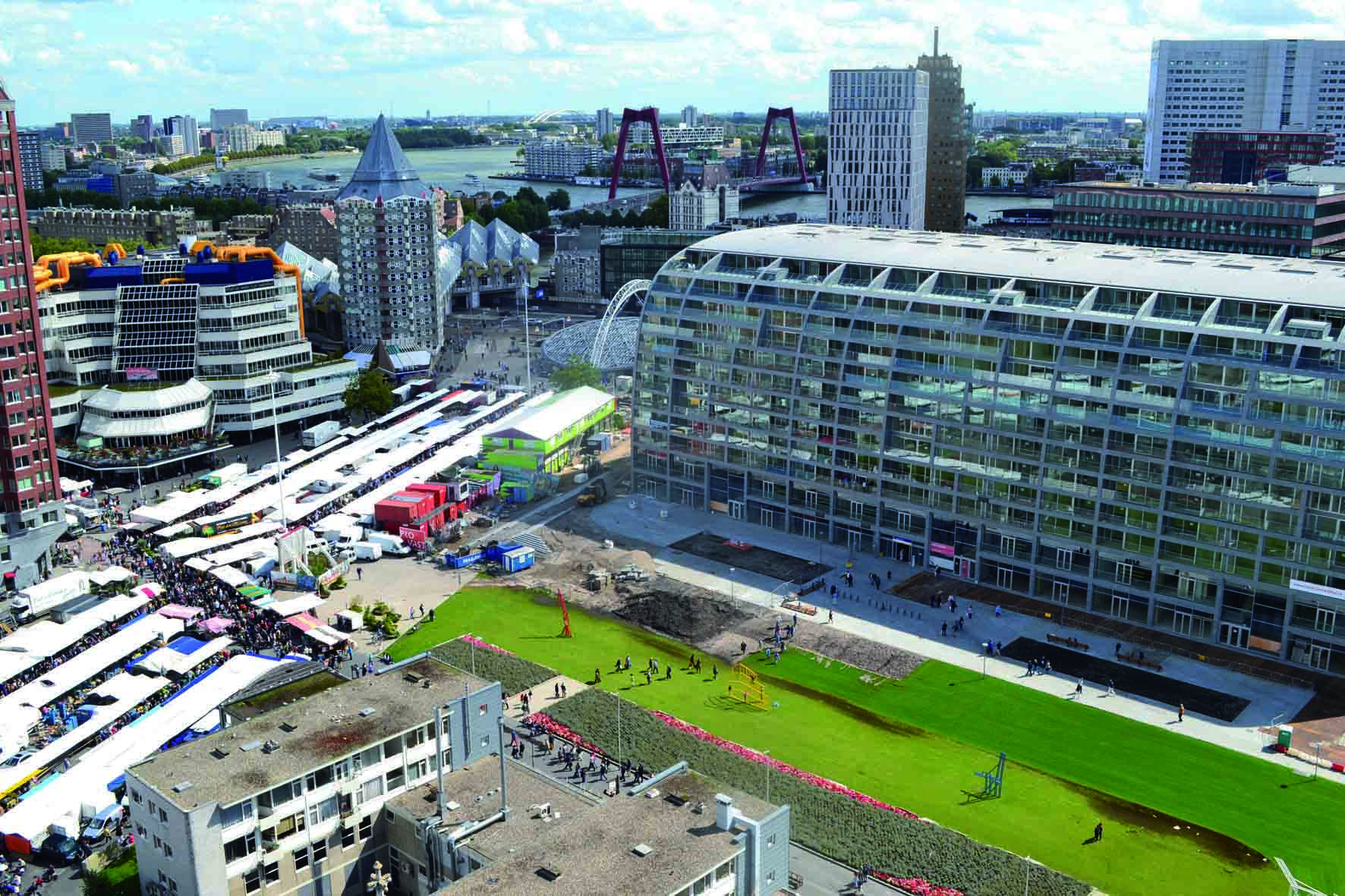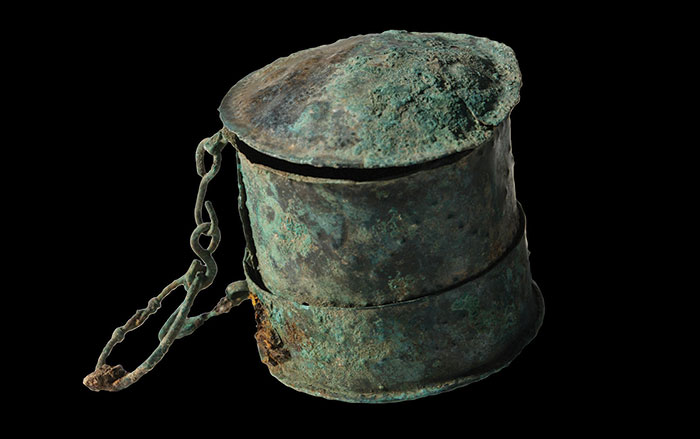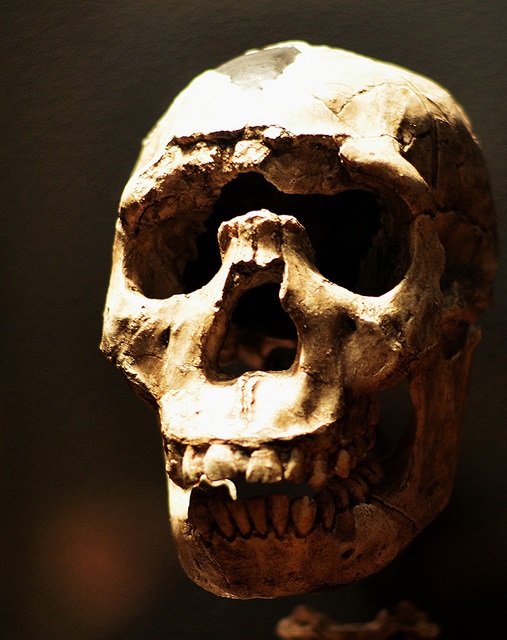
DAVIS, CALIFORNIA—Live Science reports that evolutionary biologist Ivan Juric of the University of California, Davis, and his colleagues want to know why modern humans carry so few Neanderthal genes. A large population of modern humans and a small Neanderthal population are thought to have interbred thousands of years ago, but very little Neanderthal DNA has survived in the modern human genome. It had been suggested that many of the offspring of Neanderthals and modern humans failed to thrive, or were infertile. Juric’s team developed a computer model to simulate the effects of natural selection on the distance between segments of Neanderthal DNA and modern human genes, since less Neanderthal DNA has been found in regions close to modern human genes than in the inactive areas between genes. The results of the simulation suggests that Neanderthal gene variants are being slowly removed by natural selection. Now Juric wants to know which gene variants contributed by extinct human relatives have been deleted from the modern human genome. “Once we know more about the genes involved, we can ask what those genes do and what traits they are involved with in modern humans,” he said. “Then, we might be able to make some guesses about the traits of those early human-Neanderthal hybrids.” For more, go to “Decoding Neanderthal Genetics.”



